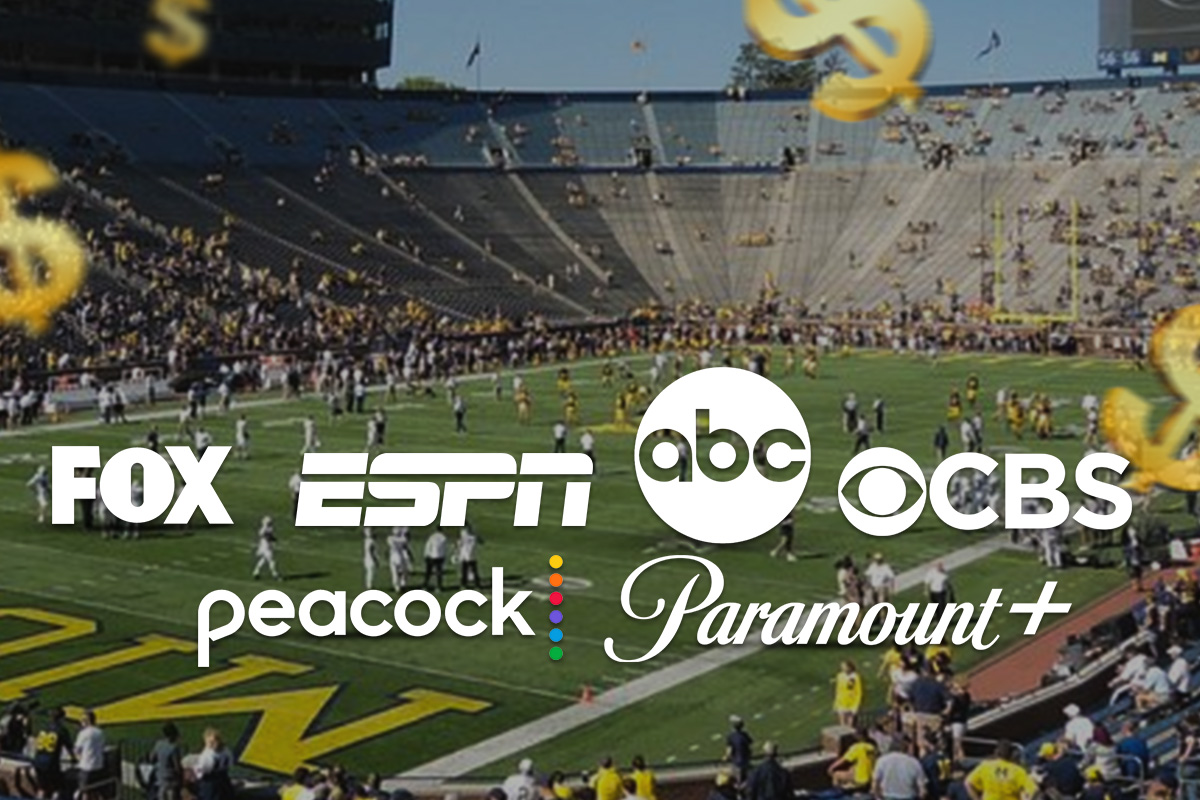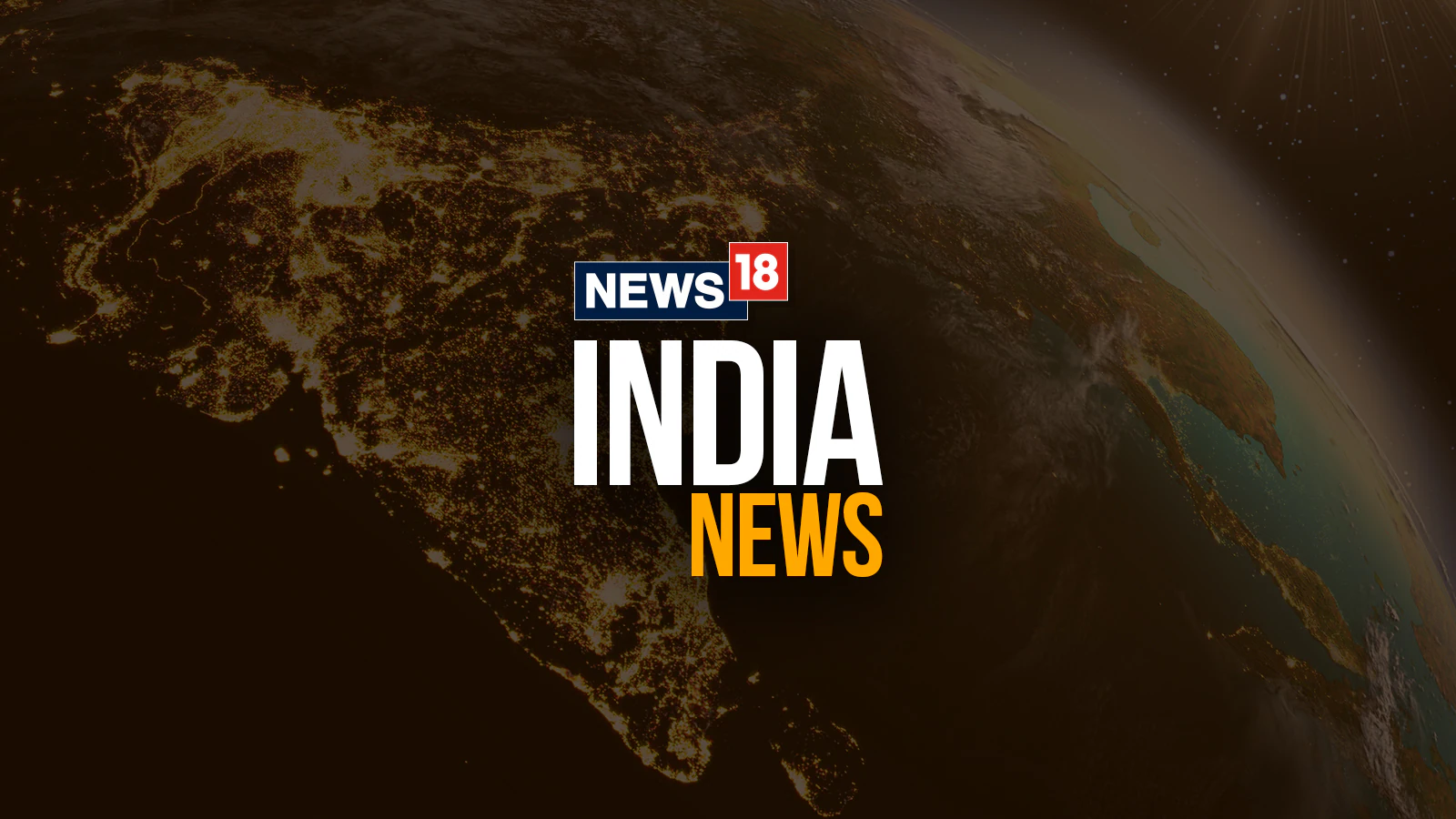
College football Saturdays used to be simple yet magical. Barbecue in the air, fans wearing team colors, alma mater on TV, and rivalries everyone could watch. Today? That same game might be hidden across 24 different streaming platforms. The tradition hasn’t died; it’s been paywalled.
Welcome to streaming overload
Imagine this: You wake up excited to watch your team, grab the remote… and the game isn’t on ABC, FOX, CBS, or The CW. Instead, it’s scattered across a maze of streaming platforms:
ESPN, Paramount+, Peacock, Big Ten Network, SEC Network, Mountain West Network… and then you realize you also need ESPN2, ESPN+, ESPNU, FS1, HBO Max, YouTube, truTV, TNT, Spectrum Sports, SECN+, ACC Network, and NEC Front Row. In total, 24 platforms. This wide distribution means fans often have to subscribe to multiple services or have cable packages that include many channels to catch every single FBS game on a busy college football Saturday. So, do you still want to watch this?
Good luck. That’s multiple logins, multiple subscriptions, and local games often hidden behind paywalls. Seeing this fragmentation, fans are frustrated. One Reddit user wrote: “I just wanted to watch the Michigan game this weekend, but it was on Paramount+, which I don’t have. I ended up watching highlights on YouTube the next day. It’s getting ridiculous.”
And that frustration is just the beginning when you see the cost of following your team.
The price of being a fan
DirecTV Stream: $164.99/month
FuboTV: $84.99/month
YouTube TV: $82.99/month
Hulu + Live TV: $82.99/month
Sling TV: $60.99/month
ESPN+: $12/month or $120/year
Peacock: $16.99/month
To watch all FBS games, including Power Five conferences, fans often need two or more streaming services, plus possible conference network subscriptions. Costs can add up from $50/month for partial coverage to $85 or more for full access, not counting add-ons for Sports Extra, SECN+, or ESPN+ exclusives. Regional blackouts and device compatibility make it even trickier, so now fans wonder if it’s worth the headache.
A study shows 59% of sports fans would pay extra for a single service offering all their favorite sports. However, the fragmentation is already harming the game, and the impact is severe.
How paywalls hurt College Football
Paywalls, multiple streaming services, and technical limitations are creating real barriers for viewers, affecting both casual and dedicated fans.
Here’s a breakdown of the key challenges:
30% of sports viewers miss games because they don’t subscribe to the required service.
Sports fans spend an average of $111/month on streaming apps, compared with $88/month for general viewers.
Games exclusive to platforms like ESPN+, Peacock, or conference apps tend to draw fewer viewers than those on major broadcast networks like ABC, ESPN, and FOX. For instance, Texas vs. Ohio State (FOX) had 16.6M viewers, Notre Dame vs. Miami (ABC) 10.8M, while Grambling vs. Ohio State (BTN) drew 1.87M and Kansas vs. Missouri (ESPN2) 1.8M.
Around 20% of fans experience lag or buffering, and rural areas often lack access to local affiliates or reliable internet.
The result? Fragmentation reduces engagement, stunts growth, and shrinks exposure for teams, conferences, and sponsors. Frustrated fans may turn to illegal streams or share passwords. If casual fans tune out, schools lose revenue from merchandise, alumni support, and general interest. Hence, the shared Saturday football experience, once a cultural glue, begins to fade.
So, seeing all this, what matters more, the sports or the money? Of course, it’s sports. So why is fragmentation even happening in the first place?
The business behind the chaos
Why 24 platforms with paywalls? Conferences aren’t just chasing dollars; they’re segmenting audiences, protecting premium matchups, and controlling distribution.
Conferences and networks use streaming services and conference-specific channels like ESPN+, SEC Network, and Big Ten Network to maximize profits. By placing marquee games behind paywalls or on exclusive platforms, they can charge higher subscription fees, sell advertising at premium rates, and make every game feel like a must-see event. And it’s not small change we’re talking about.
The Big Ten’s media rights deal with Fox, CBS, and NBC rakes in $2.6 billion a year, with projections indicating that each of its 16 members could receive between $80 million and $100 million per year, while ESPN’s College Football Playoff rights through 2031 total $7.8 billion. With numbers like that, it’s no wonder they make games feel scarce and high-profile matchups “premium.” Casual fans? They’re left either opening their wallets wider or juggling multiple subscriptions just to keep up. But it’s not just about cash in the till.
Controlling distribution gives leagues and broadcasters the ability to tailor packages for different markets, segment audiences, and flex their competitive muscle. In other words, fragmentation isn’t a mistake or a fan convenience; it’s a strategic play designed to squeeze every drop of value from every game. Yet it’s not too late; there are still ways to simplify access and bring fans back into the fold.
Simple fixes for streaming chaos
The good news: the College football fan base is still huge. Ohio State alone has 11.26 million fans. Given this strong support, solutions are possible.
One way forward is bundling services. Networks like ESPN and FOX are teaming up to offer a combined streaming package for $39.99/month, set to launch on October 2, 2025.
Another approach is pay-per-game or micro-subscriptions, letting casual fans purchase individual games without committing to a full season.
Some conferences are experimenting with hybrid models that mix free over-the-air broadcasts with streaming. For example, the Pac-12’s new CBS deal, starting in 2026, will air select football games on CBS, including championship matchups. This balances accessibility with revenue generation.
At the same time, local initiatives like CW Football Saturday are working to expand free access to games, especially for fans without cable or fast internet. ABC’s 2024 surge proves it works. “SEC on ABC” pushed Week 2 viewership: Michigan vs. Oklahoma drew 9.7M: the network’s largest Week 2 audience since 2006.
College football still has one of the deepest fan bases in American sports. But unless conferences and networks simplify access, the next generation may find highlights on YouTube easier than kickoffs on Saturdays. The choice is clear: bundle the game, or risk breaking its biggest tradition.



